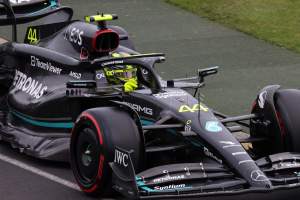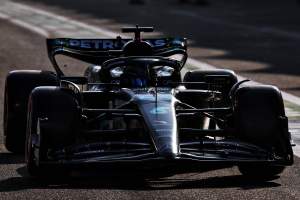Up Next

Mercedes team principal Toto Wolff says the long-term development plans for the underperforming W14 are “more about ride control than sheer downforce” ahead of the introduction of its much-anticipated Formula 1 upgrade package at Imola later this month.
The Imola package is just one step in the evolution of the car and, according to Wolff, is conceived to be “a good baseline” rather than something that will transform its performance. As well as the modified sidepod package, it will also include modified front suspension and a new floor.
Red Bull’s suspension design and the resulting control of the mechanical platform has been a big talking point so far this year. It has produced a car that carries over last year’s anti-dive configuration at the front and augmented that with anti-squat and anti-lift characteristics with the rear suspension that help to keep the car’s platform in the right window.
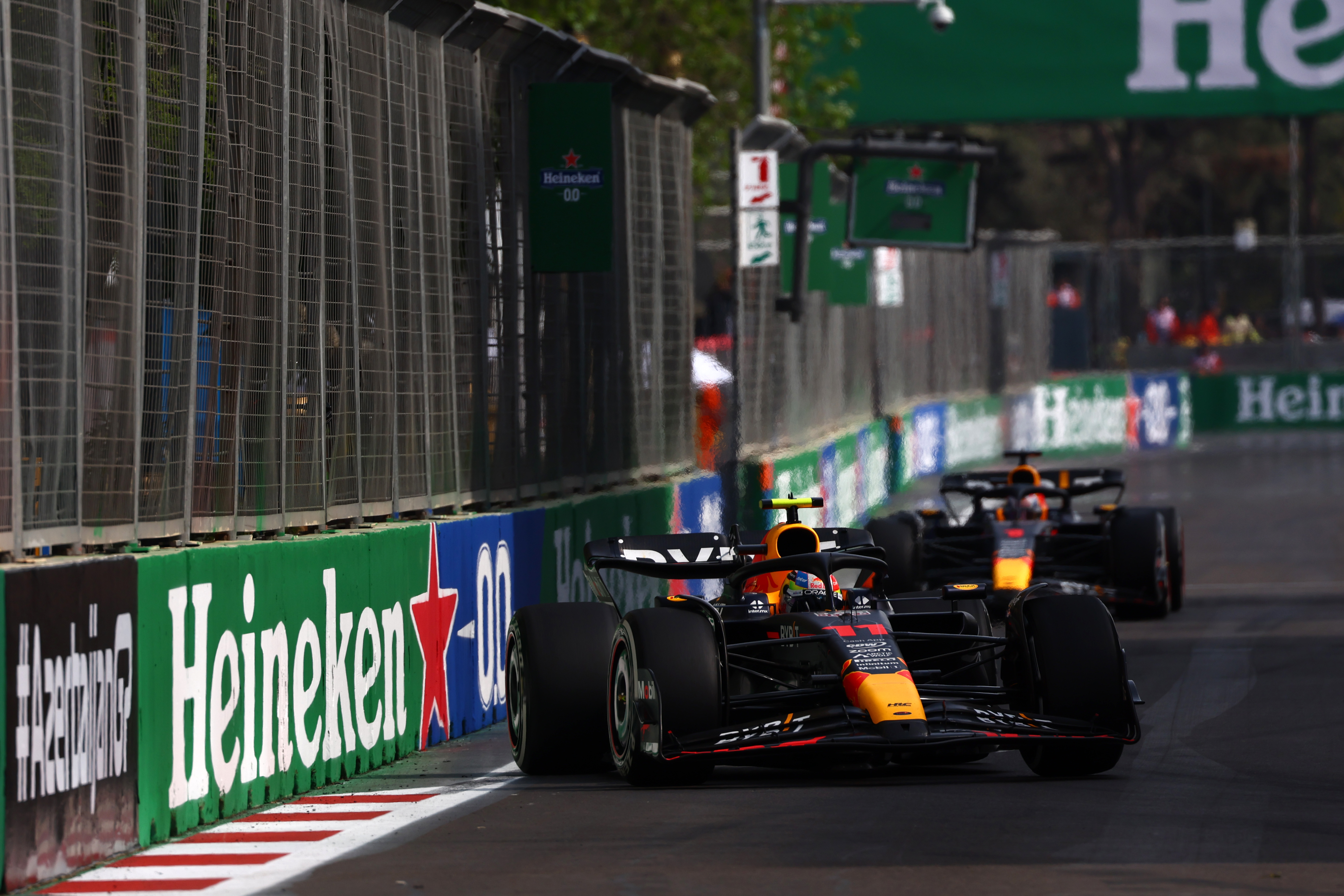
Crucially, Red Bull does this while running the car relatively low and without triggering any porpoising or bouncing problems at the same time as providing the compliance required of the suspension.
“For our car, it’s more about the ride control than it is about sheer downforce,” said Wolff. “We could put a lot of downforce on the car, but the car would be too low, too stiff.
“They [Red Bull], you can see on the onboards, the car is barely moving – a bit on the straights over bumps, the corner through balance looks easy.
“You look at all the other onboards and the cars are tricky. So I think generally the ground effect cars are s*** cars, it’s just who has the least s***tiest is ahead.”
Wolff’s comment sounds flippant, but it does sum up the challenge of ground effect cars. The lower you run them to the ground, the more downforce you produce. But this must be controllable and consistent. Therefore, improving the ride control effectively does equal more downforce – or it would be better to say useable downforce.
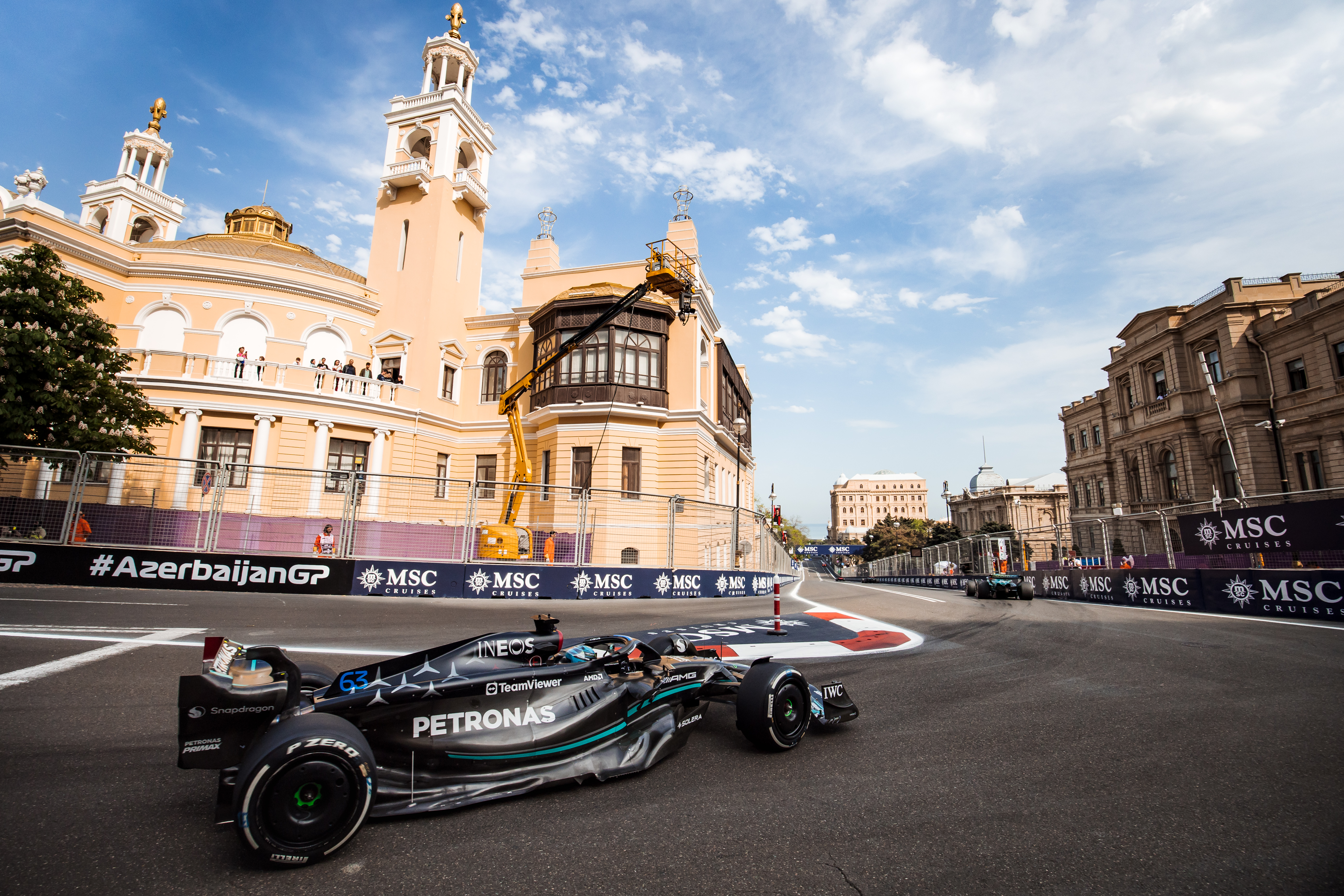
All teams are well aware of the benefits of a tightly controlled platform. The challenge is how to achieve it in a controllable way given the 2022 regulation changes banned hydraulic systems in the suspension, as well as inerters. Therefore, this must be achieved mechanically, which is not only about the visible suspension geometry but also the internal parts of the suspension.
It’s unclear whether the modified front suspension will make a difference to this, with James Allison having indicated earlier in the year that there were suspension components planned that were designed to improve the balance of the car and make it more driveable.
Mercedes, and everyone else for that matter, is constrained not only by the cost cap but also other limitations such as the need for gearboxes to be homologated for the season. This means changing the rear suspension geometry significantly is difficult because the pickup points inboard cannot be changed.
Wolff suggested that, in the era before the cost cap was introduced in 2021, Mercedes would have considered the introduction of a new chassis. While that would be an extreme step, it would also allow a change to be made to the cockpit position, which is something Hamilton has criticised about the car.
“We are more stuck than before because if we would be completely free, we would bring a different chassis,” said Wolff. “So we have to really decide carefully what is it that we want to upgrade.
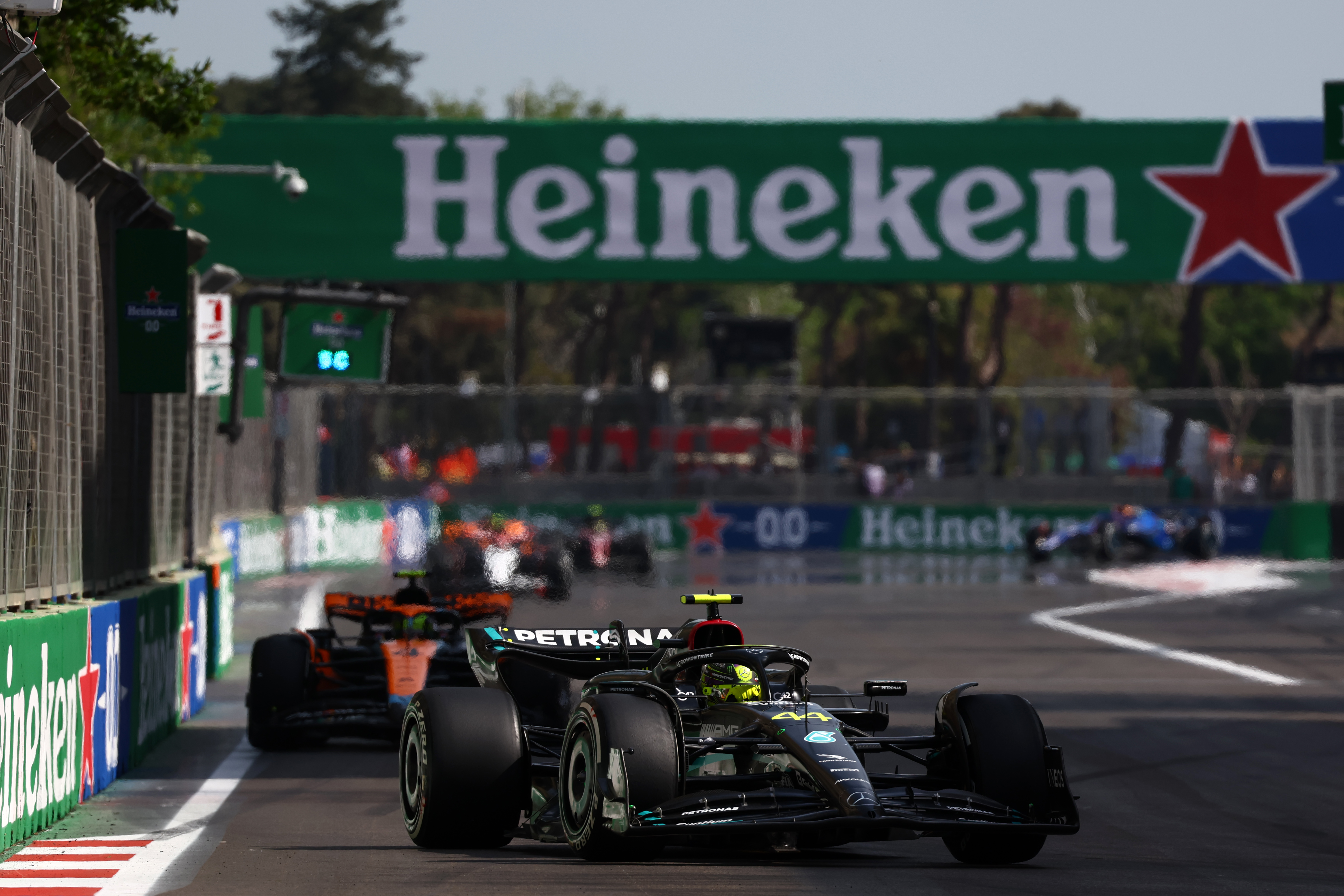
“We’re bringing a new front suspension to Imola and then the aero upgrade that comes with it and floor. But if we were free, we’d probably bring double the amount of upgrades, but so would the others. As it’s a relative game, OK, you just need to be clever in taking the right decisions that bring the optimum amount of performance.”
This means the improvements Mercedes can make this year are limited, so it won’t be until next year that it can make more fundamental changes.
As returning technical director Allison said in Baku, there’s no sense in the car being a completely clean sheet of paper even for next year. But that will allow fundamental changes to be made that the team will hope can allow it to match, or eclipse, Red Bull’s performance level.
Achieving the desired mechanical platform in a useable way will be the key to this, and gains can be made on that score this year with the W14 as it develops over the year.
“I think we can close it,” said Wolff of the gap to Red Bull. “If we get the platform right.
“It is less about adding 10 points of downforce, it’s more about giving the driver a car that when they turn the wheel into the corner, they actually know that the rear doesn’t overtake them. That’s the problem.
“And then we can catch up, as we did last year. It’s better not to change the regulations again, on our initiative, to lose it again.”

That final comment was made only partly in jest given Mercedes pushed hard for changes to be made to the regulations to tackle the problems with bouncing and porpoising. That led to the floor-edge height being raised by 15mm, and the diffuser throat also being made higher.
The way Red Bull has adapted to this has surprised everyone. But now Mercedes, Ferrari and the rest realise it can be done, the question is whether they can follow – and if so, can they do it as well or better?
That’s a question for the long-term. But for now, Mercedes is battling to add performance to its current car – and Wolff is eager to keep expectations in check.
“I just need to manage everybody’s expectation because we’re talking so much about that upgrade, we’re not going to put it down on the track and then drive circles around Red Bull,” said Wolff. “So it’s going to be a good baseline, I think.”



